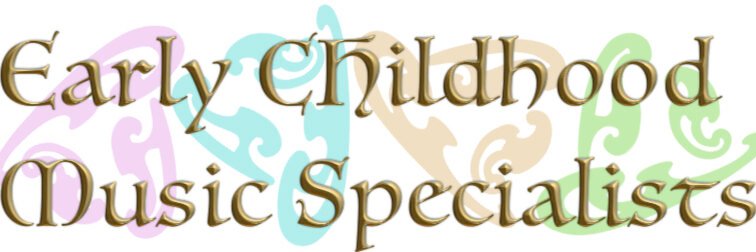Lesson 29 Strategies for Teaching Music to Young Children
1. Strategies for Teaching Music to Young Children
1.1. Start with Familiar Songs
- Use songs children already know or that have simple, repetitive melodies and lyrics.
- Example: Start with classics like “Twinkle, Twinkle, Little Star” or “The Wheels on the Bus.”
1.2. Keep It Simple and Short
- Young children have short attention spans, so limit activities to 5–10 minutes. Gradually extend as they build interest.
1.3. Use Call-and-Response
- Call-and-response songs help children feel included and build their listening and imitation skills.
- Example: Sing “Who’s ready to sing today?” and let children respond with “I am, I am!”
1.4. Incorporate Movement
- Add actions, gestures, or dancing to keep children engaged and help them remember songs.
- Example: Pair “If You’re Happy and You Know It” with clapping, stomping, or jumping.
1.5. Allow Free Exploration
- Let children explore instruments or create their own sounds without rigid instructions. This fosters creativity and self-expression.
1.6. Repeat and Reinforce
- Repetition helps children master songs and rhythms. Use familiar songs as warm-ups and introduce variations over time.
